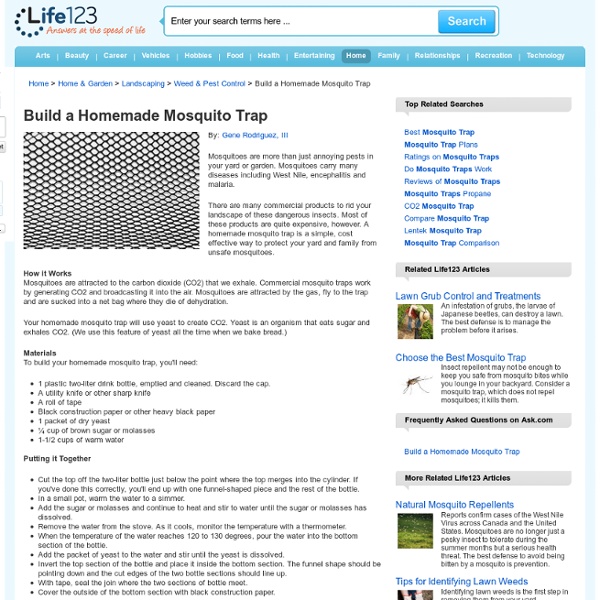12 Awesome Home Organization Ideas
People usually say that “there’s no place like home”. Well, we’d rather say that there’s no better place to live than a clean and organized house. Yeah, we know: it seems like we’re making chit chat and talking about something that everyone already knows. The thing is that we know great home organization secrets and applying them to your house can spare you a lot of time, time you can spend relaxing. 1. Have you ever thought about this option? 2. This one is a ‘do it yourself’ kind of tip. 3. Another tip that’s so easy to do and apply to any home. 4. Another great idea! 5. Do you hate to see your office supplies and generic “junk” lying around? 6. Usually, garages are filled with clutter and things we don’t use, so every little inch of the floor is occupied. 7. Cool idea… Imagine that, for some reason, you have extra shower curtain rings lying around. 8. The pegboard is a classic. 9. 10. Empty paint cans are great for organizing purposes. 11. 12.
iPod Touch 4th Generation LCD/Glass/Digitizer Assembly (White) ($34.95)
Is this the part I need? -Fix cracked glass -Fix dead spots in touch screen -Fix dead pixels -Fix "bleeding" LCD This white replacement screen assembly for the iPod Touch 4th Generation is used to replace a cracked or shattered front glass, bad touchscreen, and/or damaged LCD. The full assembly includes all these parts adhered together as a single piece. It is not possible to successfully, cleanly separate these individual components. Please obtain the serial number from the back of the device or in settings and verify its generation here. Quality Apple does not sell their parts in the market. Over the years we have sorted through, literally, hundreds of manufacturers to build an offering of the highest quality parts on the market. Color Change The color of the screen is interchangeable. Notes
Ecological Bricks - The Temas Blog
« IDB Loan for Sustainable Tourism in Costa Rican Wilderness Areas / Prestamo de BID para turismo sostenible en áreas silvestres de Costa Rica | Home | Implications of the Stern Review for LAC, Part I » By Keith R | December 24, 2006 Topics: Environmental Protection, Waste & Recycling | 13 Comments » (2 votes, average: 3.50 out of 5) Loading ... It’s been interesting to see how much the articles on the Brazilian and Honduran buildings made using PET bottles have captured the imagination of so many readers. “Ecological Bricks” for Low-Income Housing in Argentina One example involves bricks developed by Argentina’s Experimental Center for Economical Housing (Centro Experimental de la Vivienda Económica – CEVE). In a project funded in part by Germany’s technical cooperation agency, GTZ, CEVE developed a brick made of used food (primarily candy) wrappers and plastic (primarily PET) soda and water bottles. For more information (in Spanish) on the CEVE project, click this link. – Keith R
Blood and Ink: Front Pages From the Civil War
1860 edition of the Charleston Mercury. South Carolina was the first state to secede from the Union. (Newseum collection) 1861 "Extra" edition of the New York Illustrated News devoted to events at Fort Sumter and Fort Moultrie. 1862 edition of The Union Sentinel, a handwritten newspaper published on lined notepaper by students in Warren, Conn. 1863 edition of the Union-occupation newspaper Stars and Stripes printed on wallpaper. 1864 illustrated edition of Harper's Weekly. 1864 "Extra" edition of the Atlanta Daily Intelligencer detailing the capture and burning of Atlanta. Location: Mezzanine Level WASHINGTON — Experience the story of the Civil War as Americans in the 1860s did — through the front pages of newspapers. "Blood and Ink: Front Pages From the Civil War" showcases more than 30 historic front pages from the Newseum collection spanning the length of the war, from the birth of the Confederacy to the death of President Abraham Lincoln.
Japanese Chosera Waterstones by Naniwa at Tools for Working Wood
Traditionally sword polishers and the most accomplished Japanese knife sharpeners have always preferred natural waterstones. But the best natural waterstones come from age-old quarries that are largely exhausted. Naniwa has always strived for their artificial waterstones to have a very natural feel, and their Chosera stones are their top-of-the line stones. These are the best, fastest cutting waterstones we have ever seen. However what really attracted us to the stones is the feel of the stone on the steel as you sharpen. At our request, the factory is packaging these stones without bases to that they will fit in any existing sharpening jig you use, and so that you can easily use the both sides and the edge of the stone. The Chosera stones come in six grits: 400,1000,2000, 3000,5000, and 10K. . 8 1/4" x 2 3/4" (210 mm x 70 mm) and 1" (25 mm) thick. While we wax euphoric about the 10K we don’t want people to ignore the coarser grits. We understand these stones are not for everyone.
Secession"
Secession, the withdrawal of part of a country or state from the central government's control. The withdrawal may be carried out peacefully or violently. Political conflicts that lead to secession are usually based on economic, cultural, or religious differences. In United States history the question of secession arose several times before the Civil War, but the term generally refers to the withdrawal of the Southern states from the Union in 1860–61. Secession has also been an issue in other countries. In the United States From the time the U.S. In 1803–04 a small number of New England Federalists, facing decreased political power as a result of the admission of Southern states to the Union, proposed a separate nation to be called the Northeastern Confederacy. To many Southerners the election to the Presidency in 1860 of Abraham Lincoln, who won with exclusively Northern support, placed in jeopardy both slavery and states' rights.



